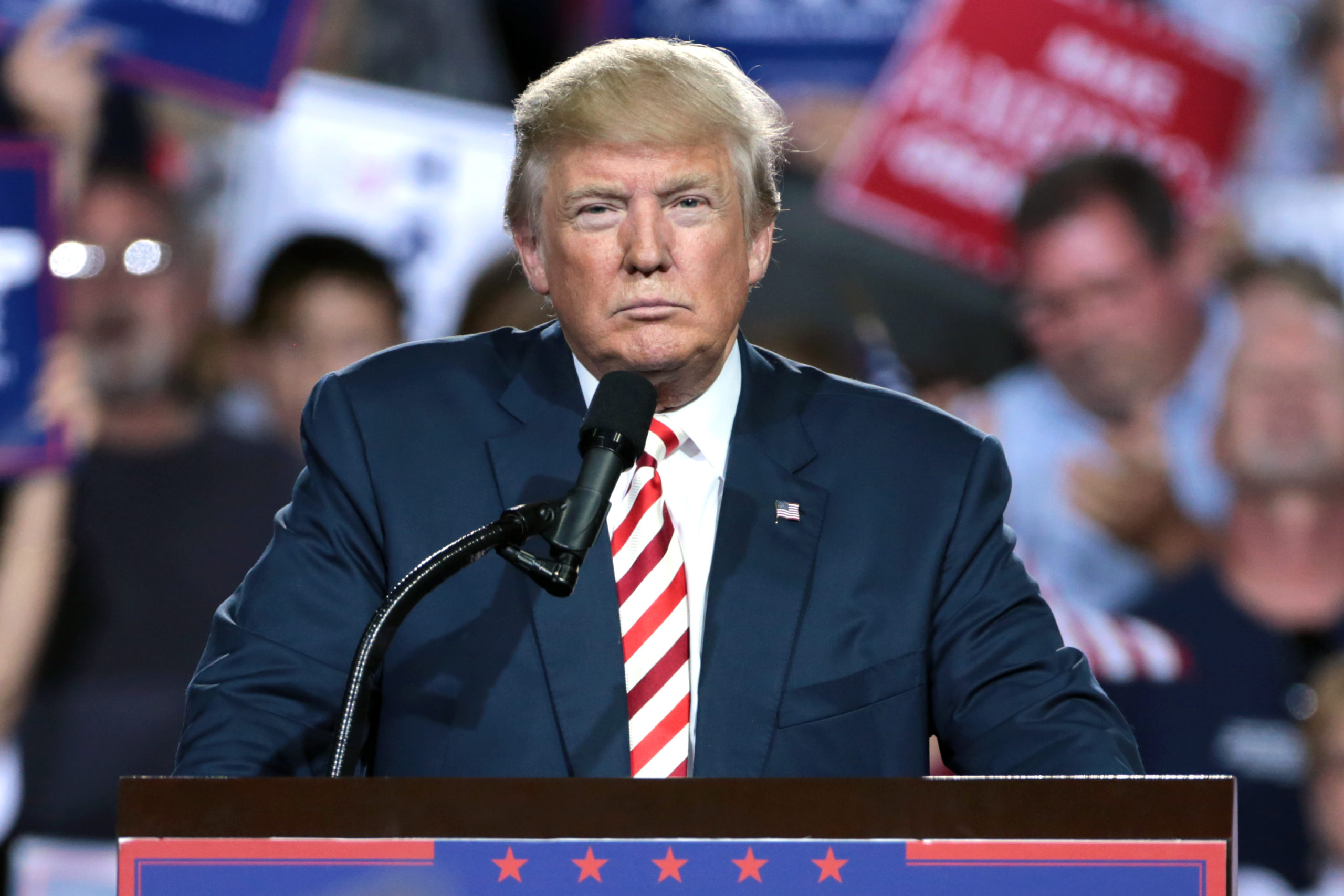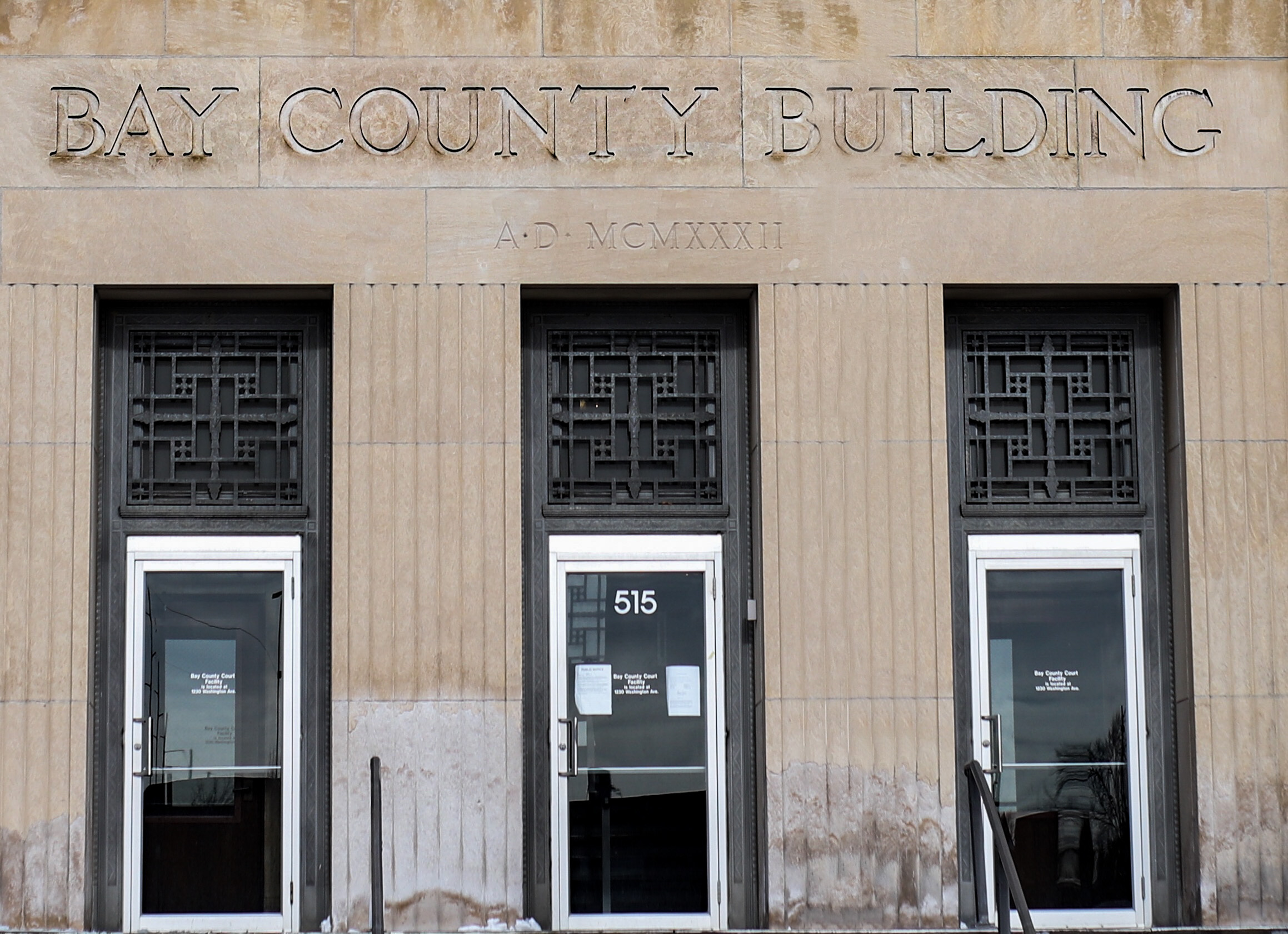
By Bill Badour
UNIVERSITY CENTER – On Tuesday, Feb. 25, officials for the Center of Disease Control and Prevention (CDC) stated that “it is not a matter of if, but when” the coronavirus spreads to the United States of America.
Following this report, President Donald Trump announced that Vice President Mike Pence would be leading the COVID-19 task force. Putting Pence in charge of the outbreak drew criticism from the left, due to his history of avoiding scientific evidence.
Pence’s refusal of science
In 2000, Pence wrote an op-ed on smoking cigarettes. Pence stated: “Despite the hysteria from the political class and the media, smoking doesn’t kill.”
In 2002, Pence said that “condoms are a very, very poor protection against sexually transmitted disease,” a claim that goes against the CDC stating: “correct and consistent use of the male latex condom is highly effective in reducing [sexually transmitted disease] transmission.”
The most damning of Pence’s responses was when he was the governor of Indiana. Starting in November 2014, an HIV outbreak began. In January 2015, 17 new HIV cases were confirmed as the Indiana State Department of Health began to investigate. Despite outcry from his own party members, Pence refused to implement a needle exchange program. Following a call with the CDC and the Indiana State Department of Health, Pence stated that he would “go home and pray on it.”
Days later, Pence declared a public health emergency and established a 30-day needle exchange program. However, on the same day, Pence increased the punishment for possession of a syringe to up to two and a half years in prison. By 2017, 215 cases of HIV had hit Scott County, Indiana. According to the former director of the CDC, Dr. Tom Frieden, this left the town with a population of 4,200 having a higher rate of HIV than “any country in sub-Saharan Africa”.
A study by the Yale School of Public Health found that the number of people infected with HIV could have been reduced by more than 90%.
On Friday, March 13, Trump declared a national emergency due to the COVID-19 outbreak. This allows the federal government to quickly free up billions of dollars in aid for states to use to combat the virus.
Funding cuts of health programs under the Trump administration
One common misconception is that in 2018, the CDC’s budget contained language that cut funding toward preventing global disease outbreak by 80%. Due to this cut, the agency shrank from focusing on 10 countries. China, the country that the coronavirus originated from, was a country that received less attention from the CDC due to these cuts.
However, these potential cuts were avoided as Congress provided more money for the CDC’s global health programs. This claim has been used numerous times, yet it was merely a hypothetical situation that was avoided.
One program, the Complex Crisis Fund, was cut in 2018. This fund held $30 million for the secretary of state to hire disease experts in the case of a crisis. The fund was praised by many experts, stating that it was made “to prevent and respond to emerging or unforeseen crisis.”
The Trump administration also reduced national health spending by $15 billion.
According to Time Magazine, the Trump administration postponed an annual intelligence report by the office of the Director of National Intelligence without an explanation. Two government officials that have read the report stated it echoes statements from the prior year.
The 2019 version stated that “the United States will remain vulnerable to the next flu pandemic or large-scale outbreak of a contagious disease that could lead to massive rates of death and disability, severely affect the world economy, strain international resources and increase calls on the United States for support.”
2020 would have been the fourth consecutive year that intelligence experts concluded the United States is unprepared for a potential new strain of influenza that could lead to a pandemic.
A vaccine is not expected anytime soon. The World Health Organization estimates have suggested that it will take anywhere from 12-18 months for a COVID-19 vaccine that is widely available.
Alex Azar, Health and Human Services secretary, told lawmakers in early March that there is no guarantee that the vaccine will be affordable to all Americans.


